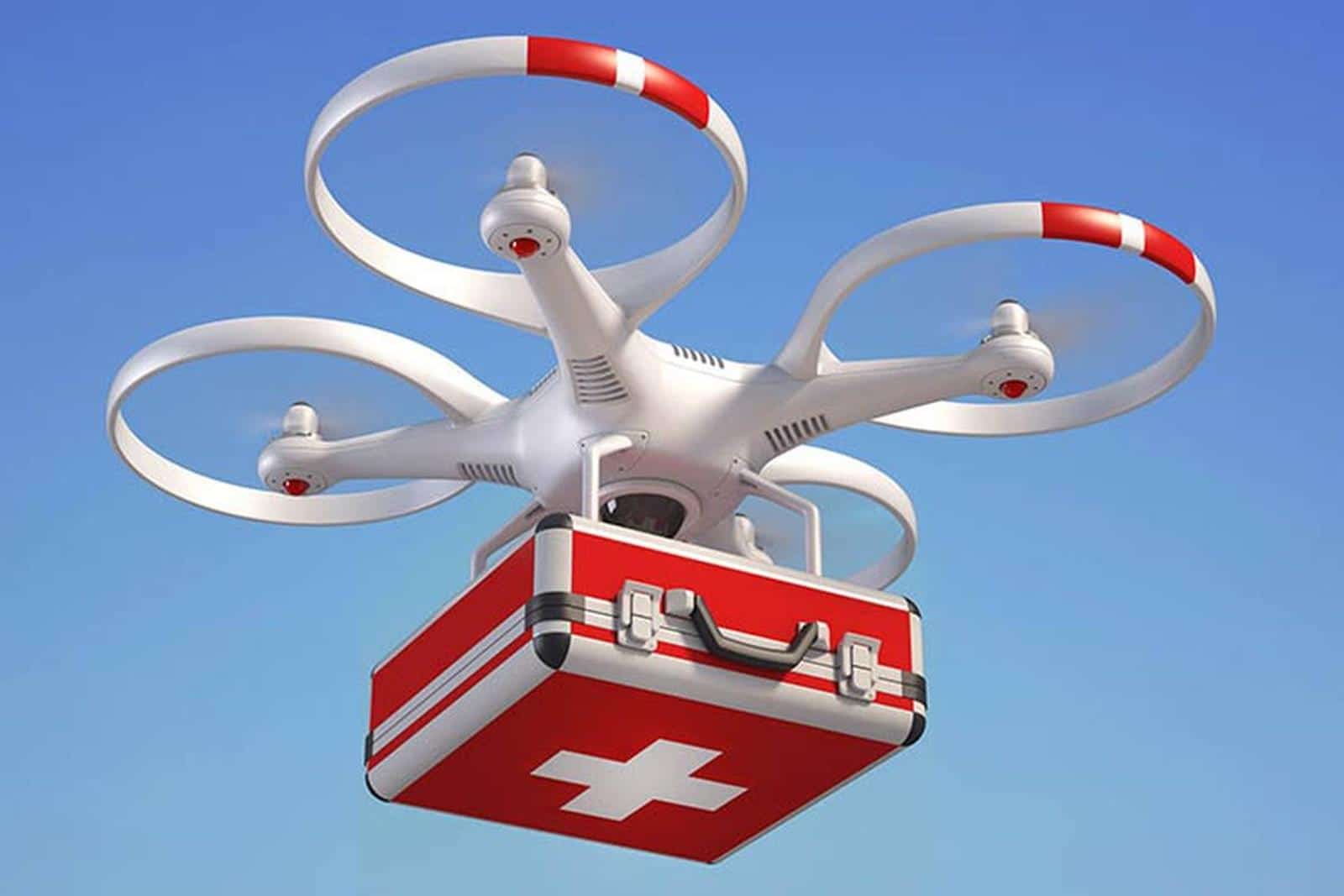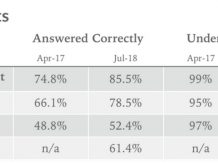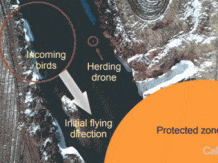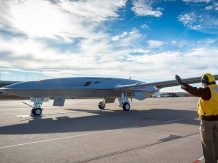The latest tests carried out by a team from the Swedish Karolinska Institutet (the conclusions were published in the journal European Heart Journal) showed the potential of drones with defibrillators. In short, it is about providing equipment to victims of heart attacks, which significantly speeds up the entire process, and thus increases the chances of their survival.
On paper, drones with defibrillators promise a lot, but only now scientists have tested them in practice, i.e. in real scenarios. Earlier simulated tests have shown that the drone is much, 4 times faster than ambulances in delivering equipment to the site, and that stopping the heartbeat is tantamount to starting the countdown to brain death, every second in these most important moments matters.
Also read: The HAMR hybrid drone can fly up to 3.5 hours, but this is not its only advantage
When the heart rate has stopped, the first easiest way to keep the heart circulating is to perform CPR, but the automatic external defibrillator (AED) is more effective. The drone was responsible for its delivery in the latest tests, which responded to reports of suspected cardiac arrest by flying to the site with an AED.
For several months, defibrillator drones responded to actual reports. They proved faster, but the AED was never used until the ambulance arrived
The pilot project involved emergency service operators, drone pilots and air traffic control, and the drones were used to send defibrillators to cardiac arrest sites for four months last year. They participated in 12 out of 53 reports of suspected cardiac arrest and the AED reached the site 11 times successfully, while the drones alone traveled 3.1 km on average, seven times in front of the ambulance with a median time difference of one minute and 52 seconds .
Also read: Qualcomm’s first 5G drone. The company showed the Flight RB 5G platform
However, none of the defibrillators the drones provided had been used prior to the arrival of the ambulance. They have been shown to be faster, but AED alone is not enough, as it must also be used by those caring for the victim. Additionally, in this test, the drones were not able to fly in the dark, rain or strong winds, and were programmed to avoid flying over densely populated areas. So technology still has a long way to go, but also enormous potential.
Want to stay up to date with WhatsNext? Follow us on Google News















